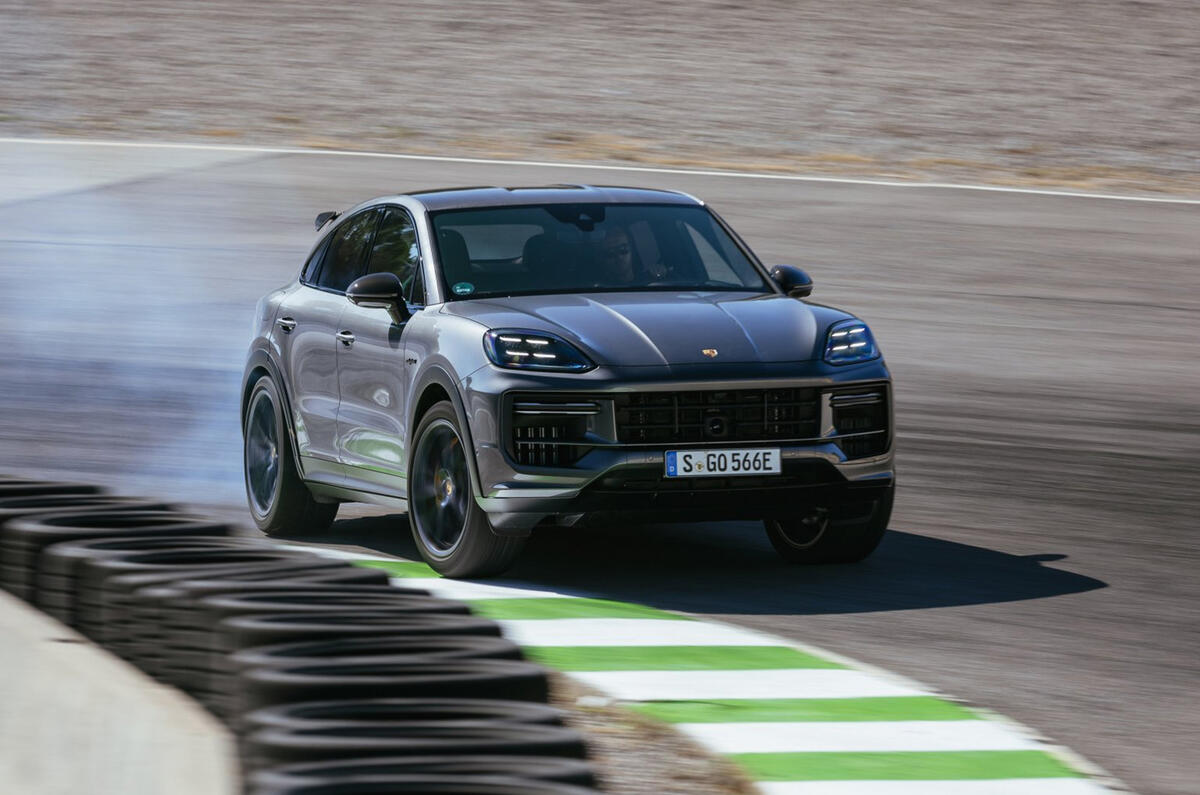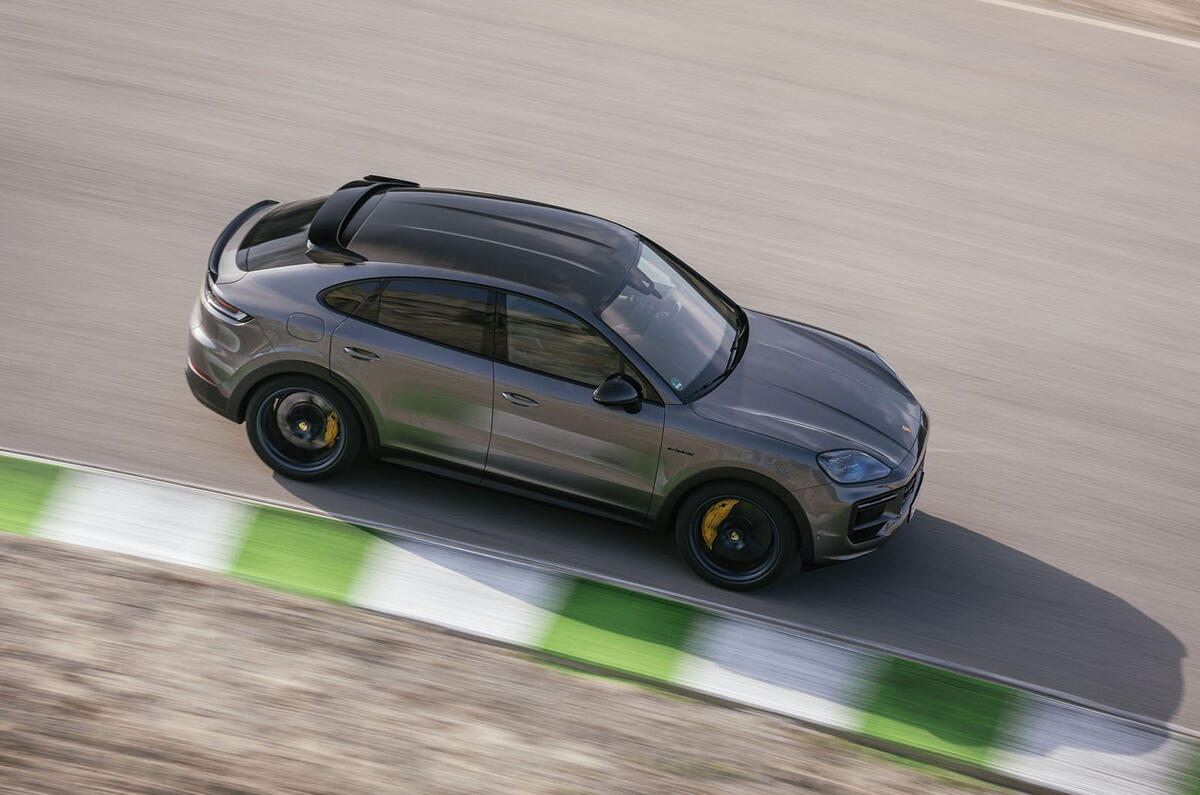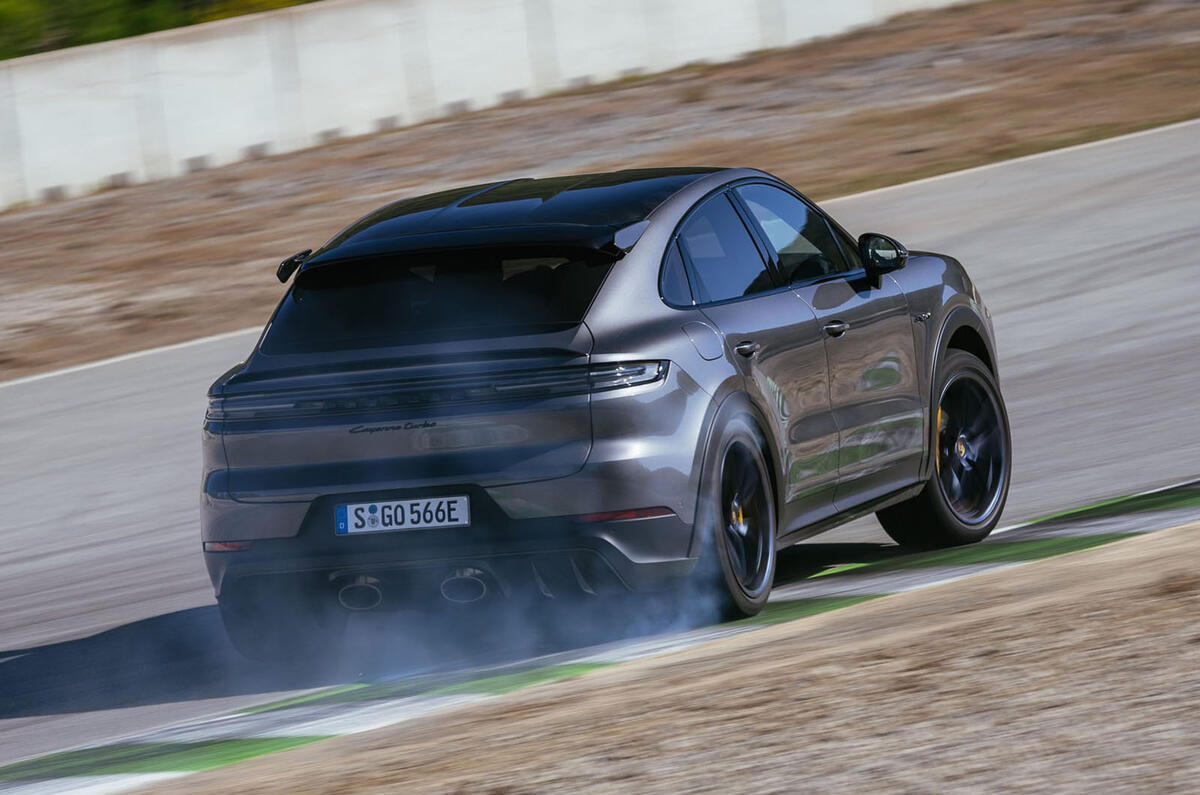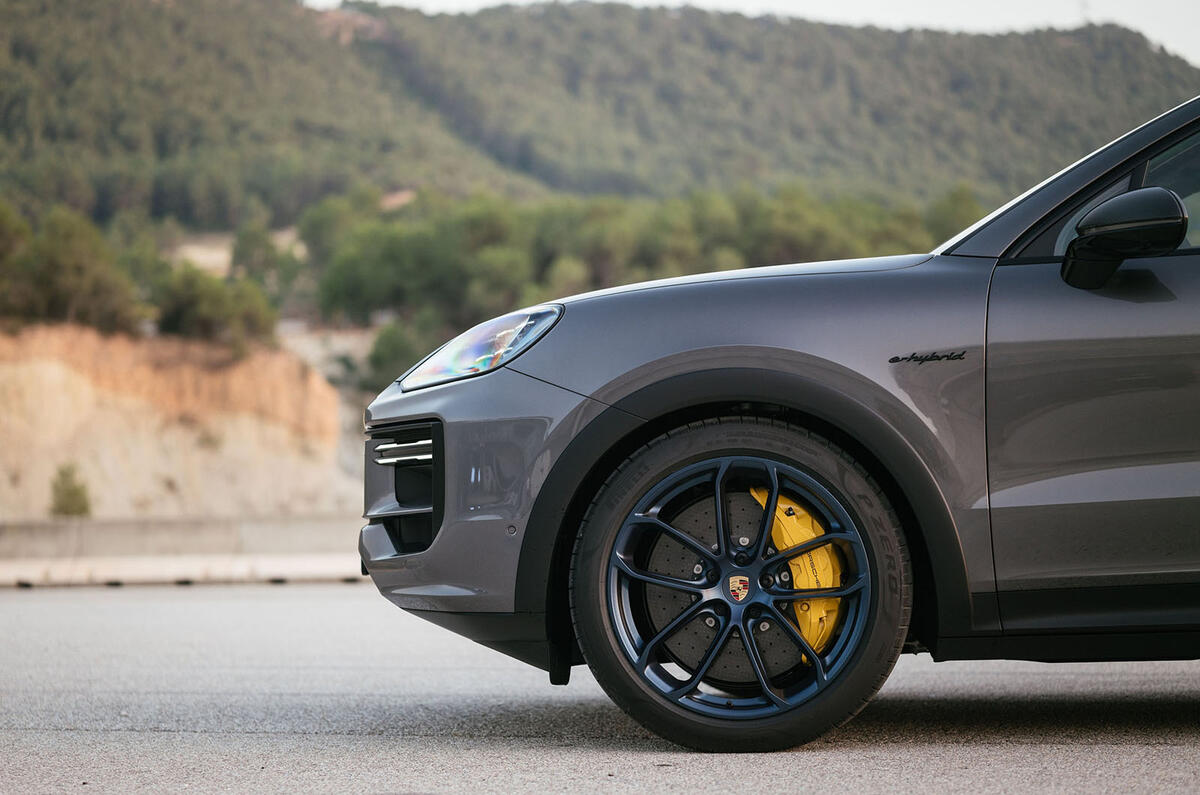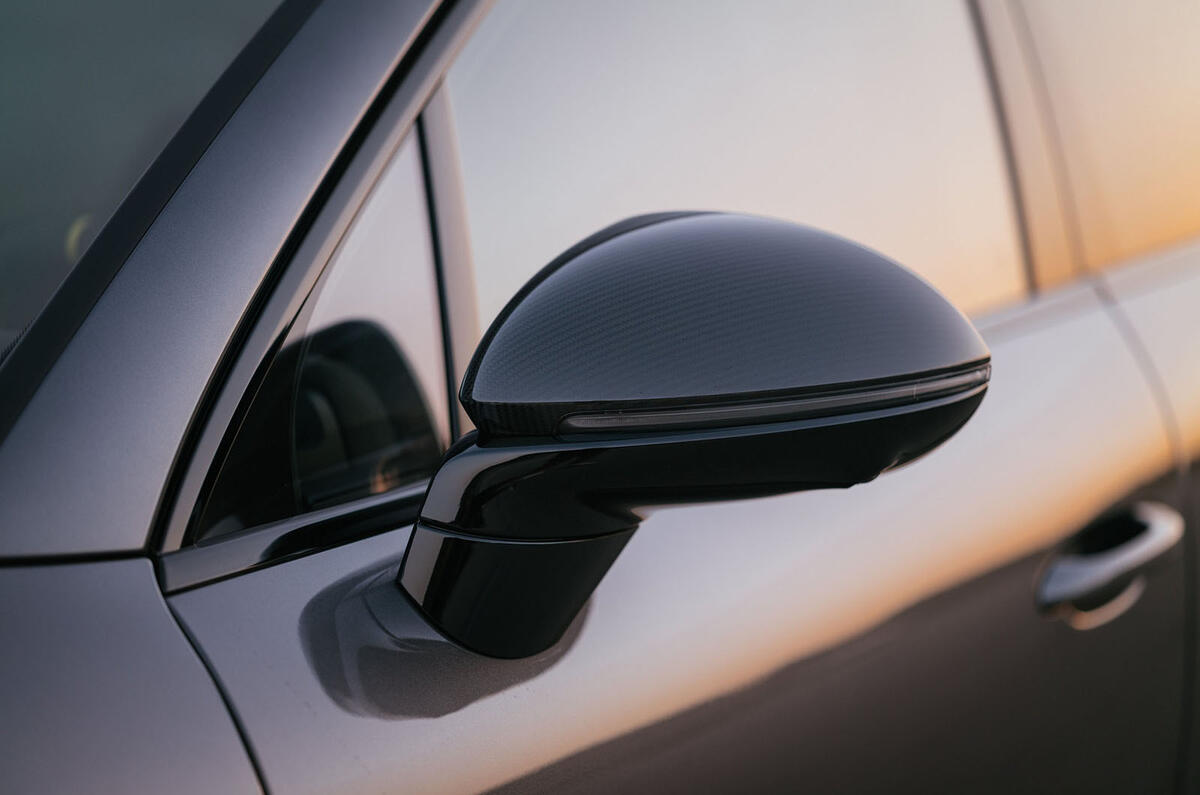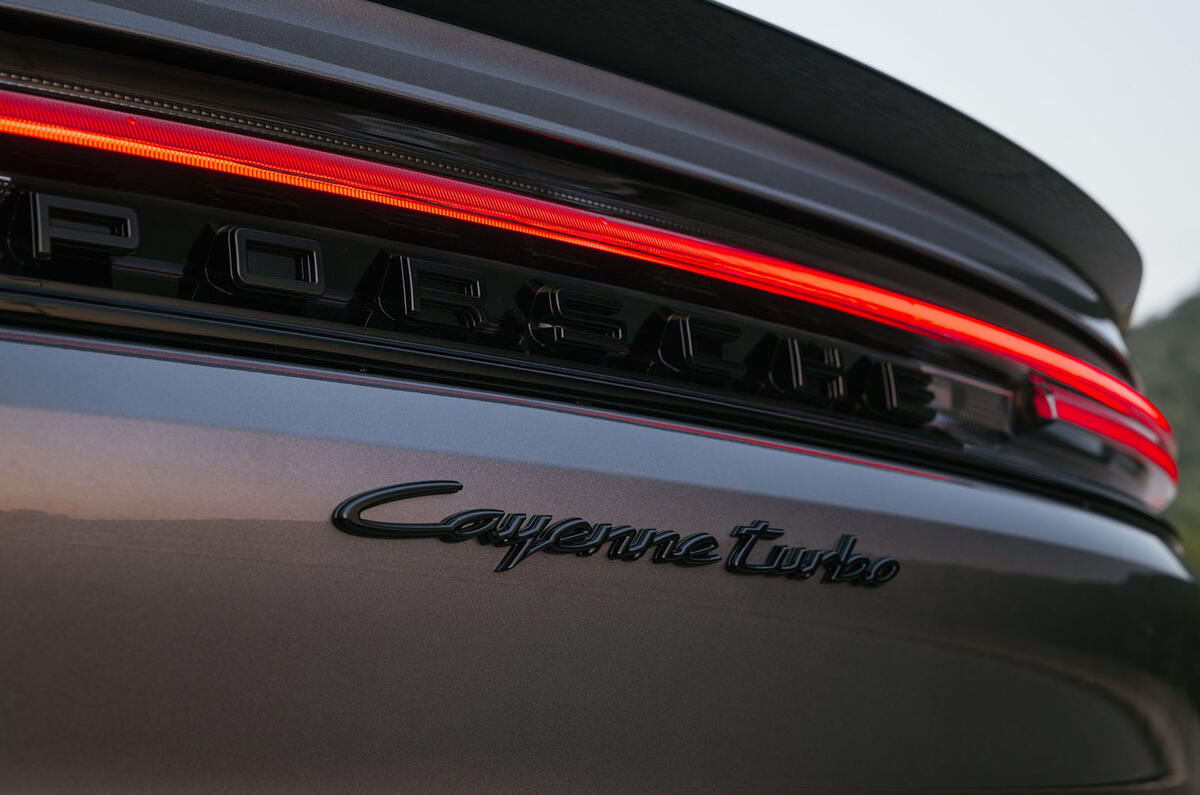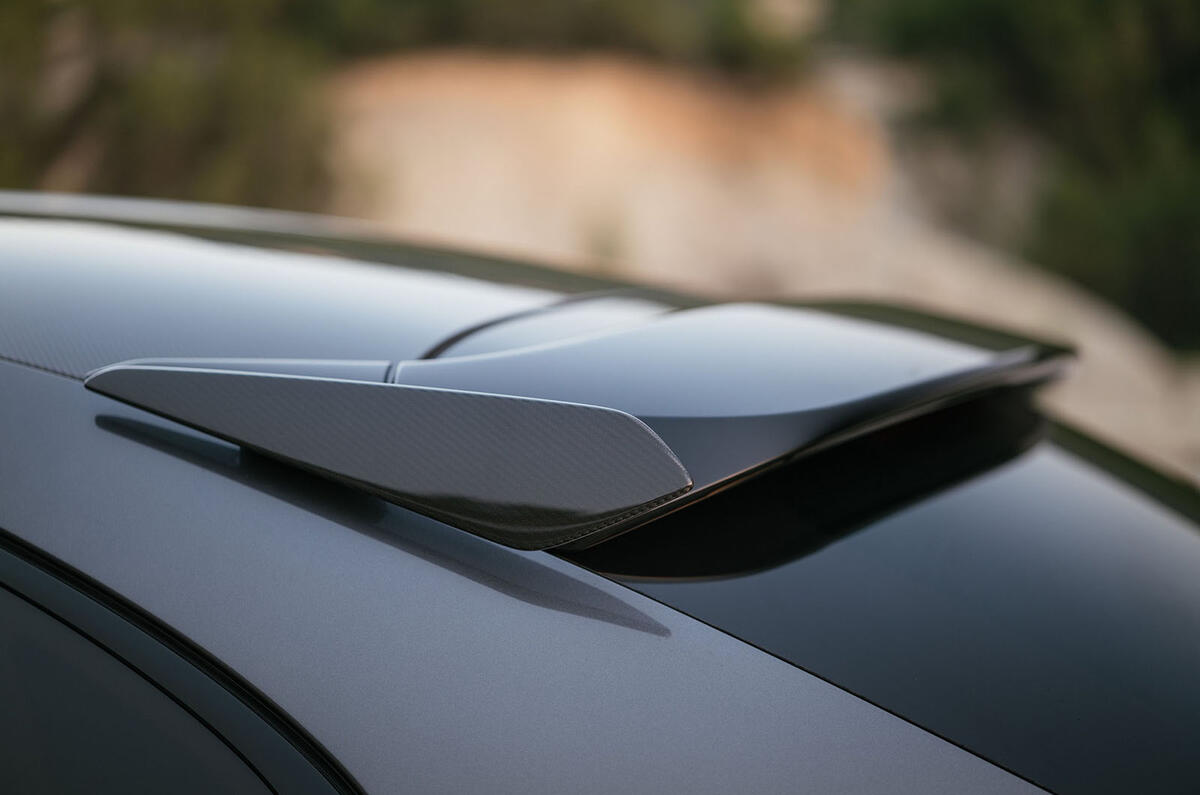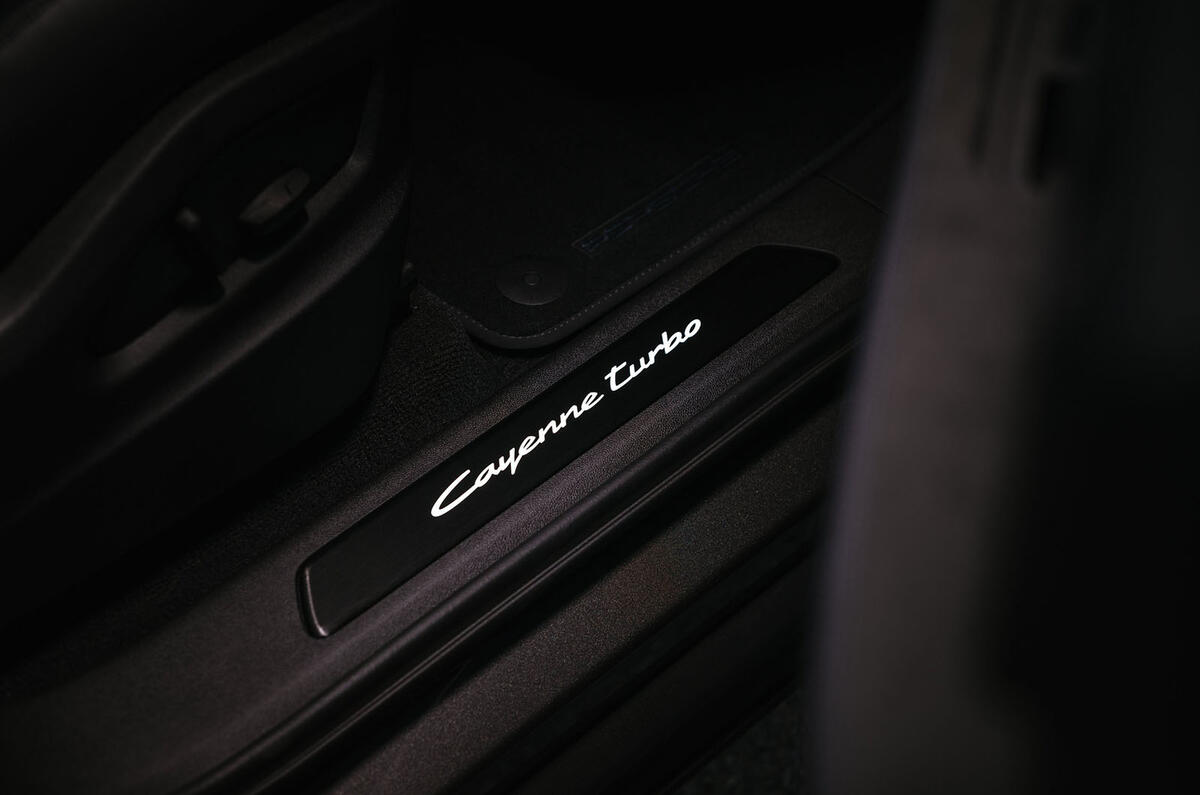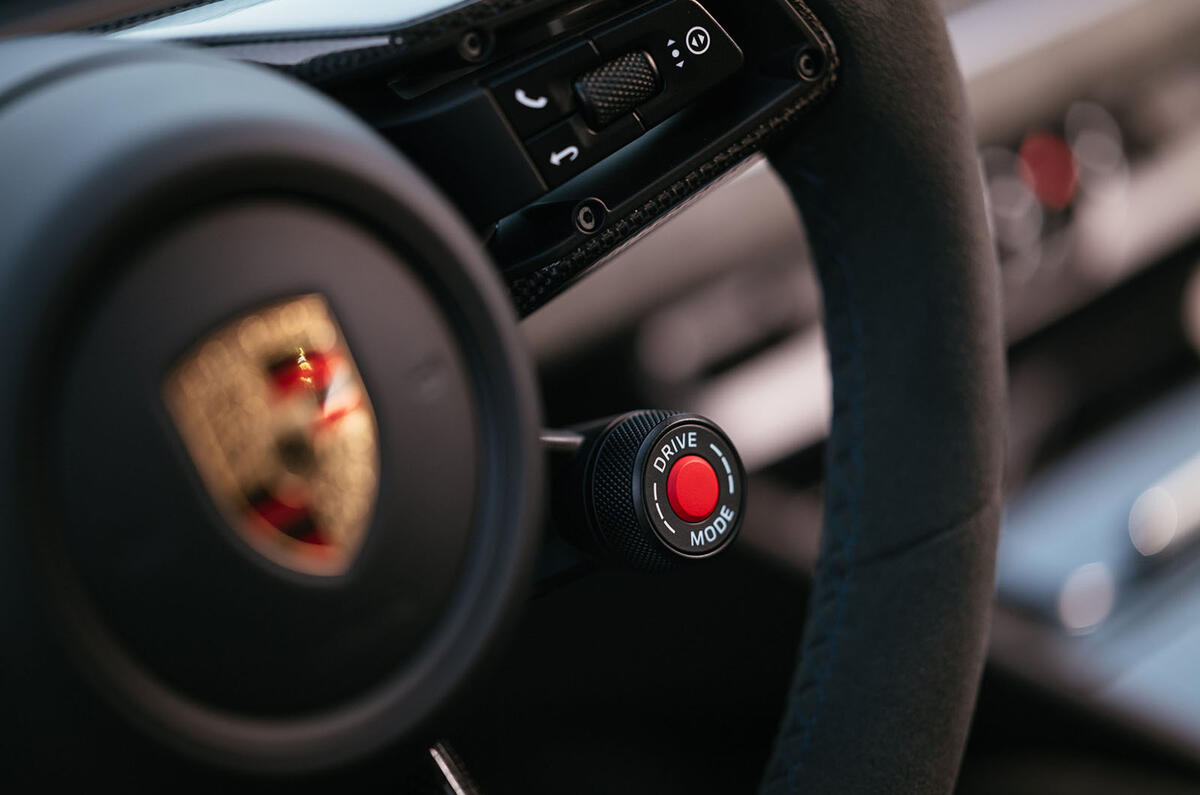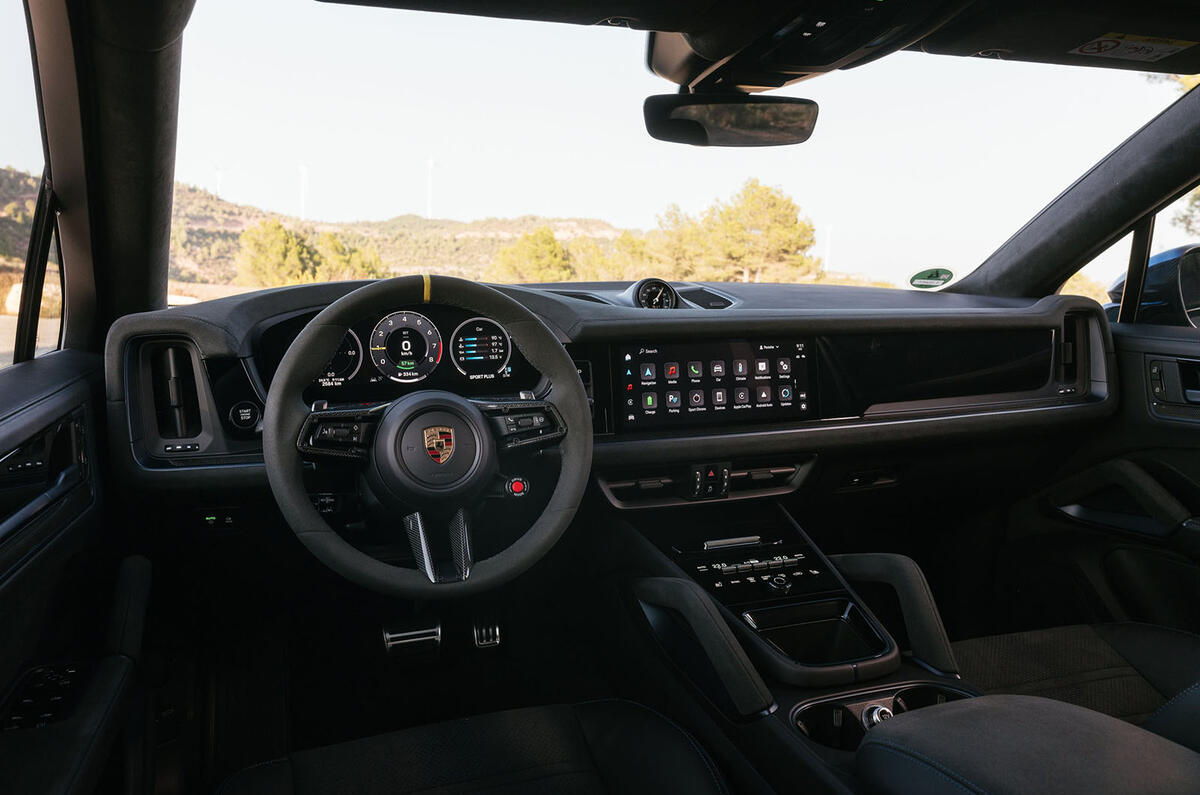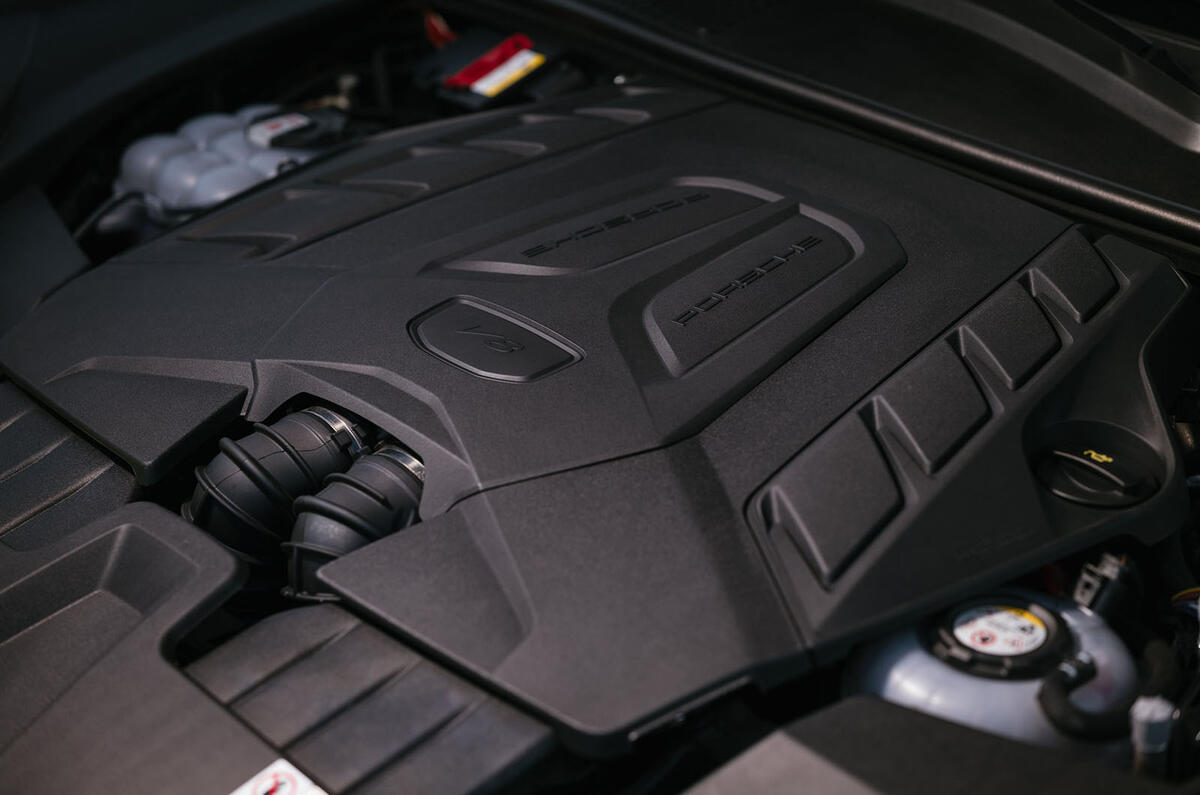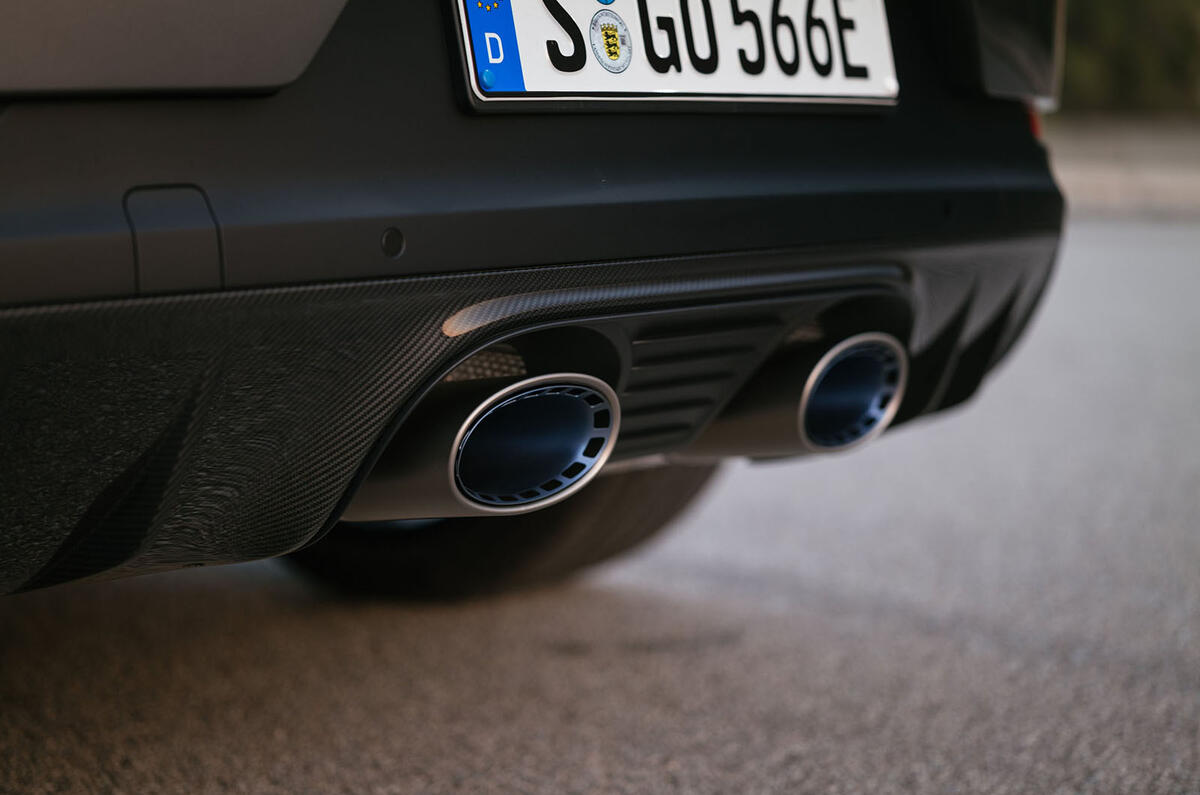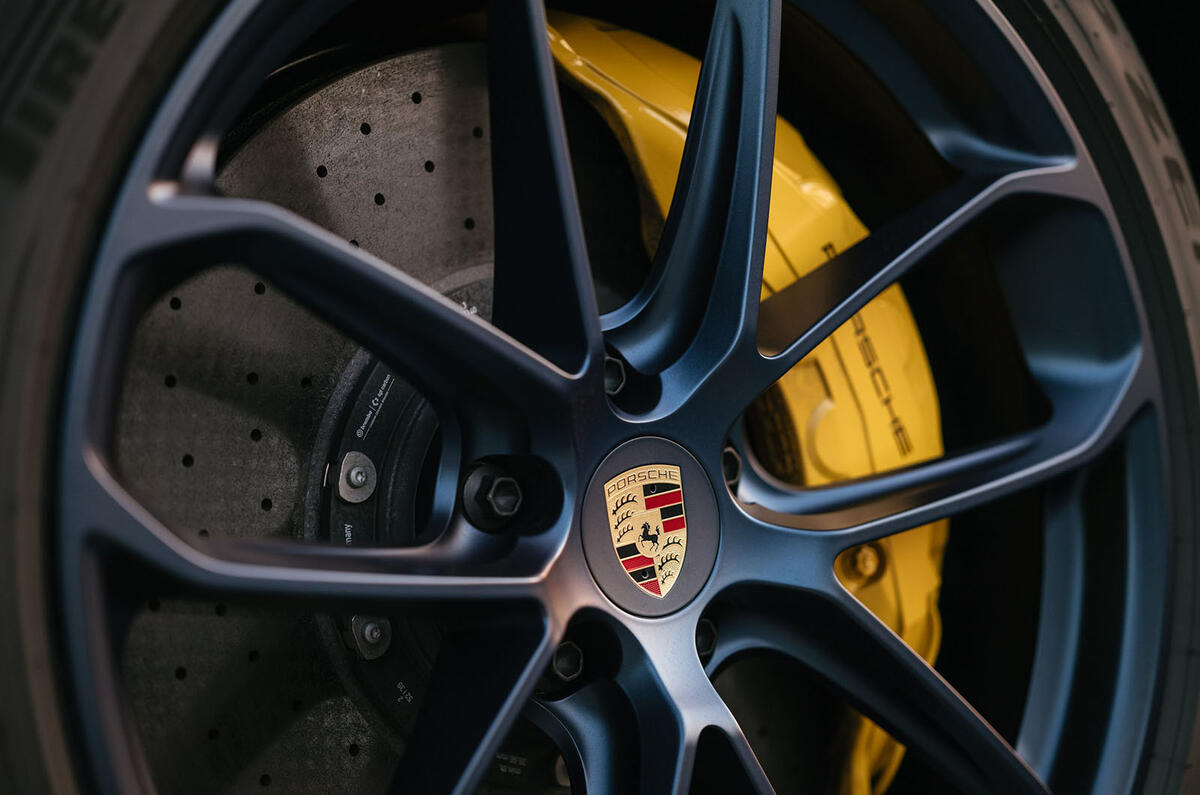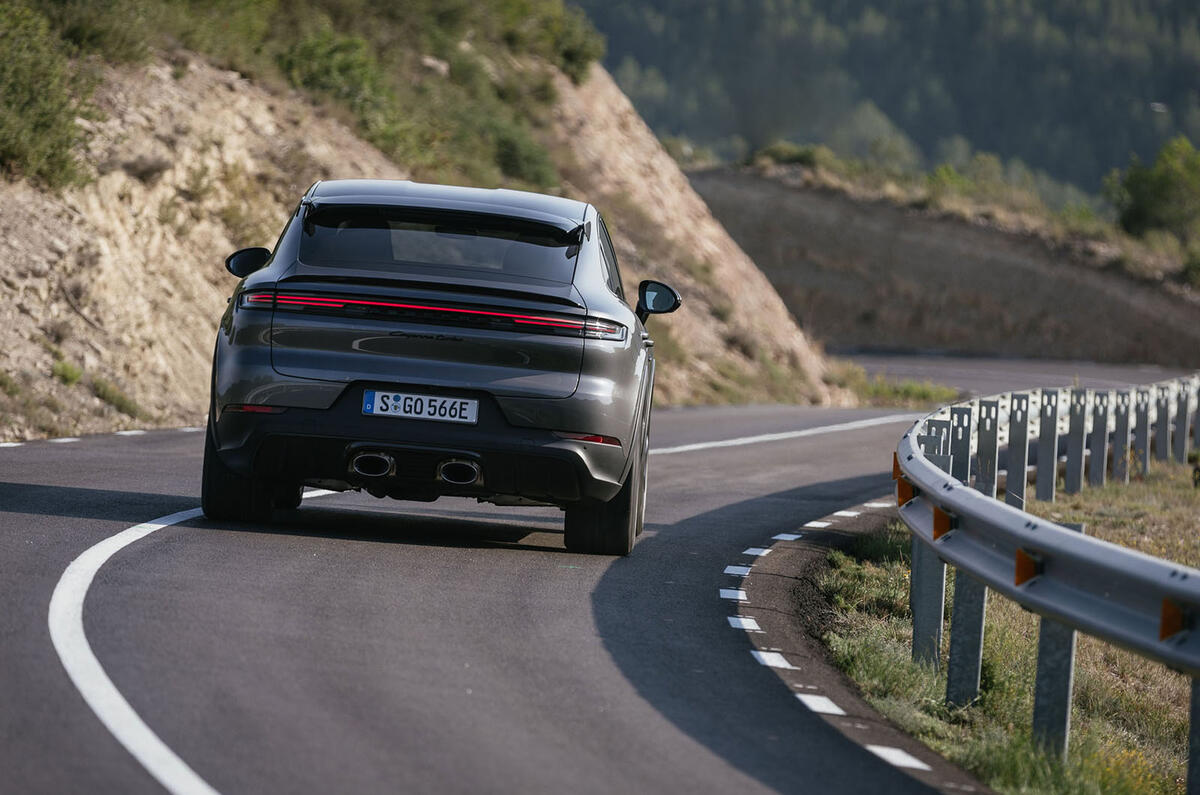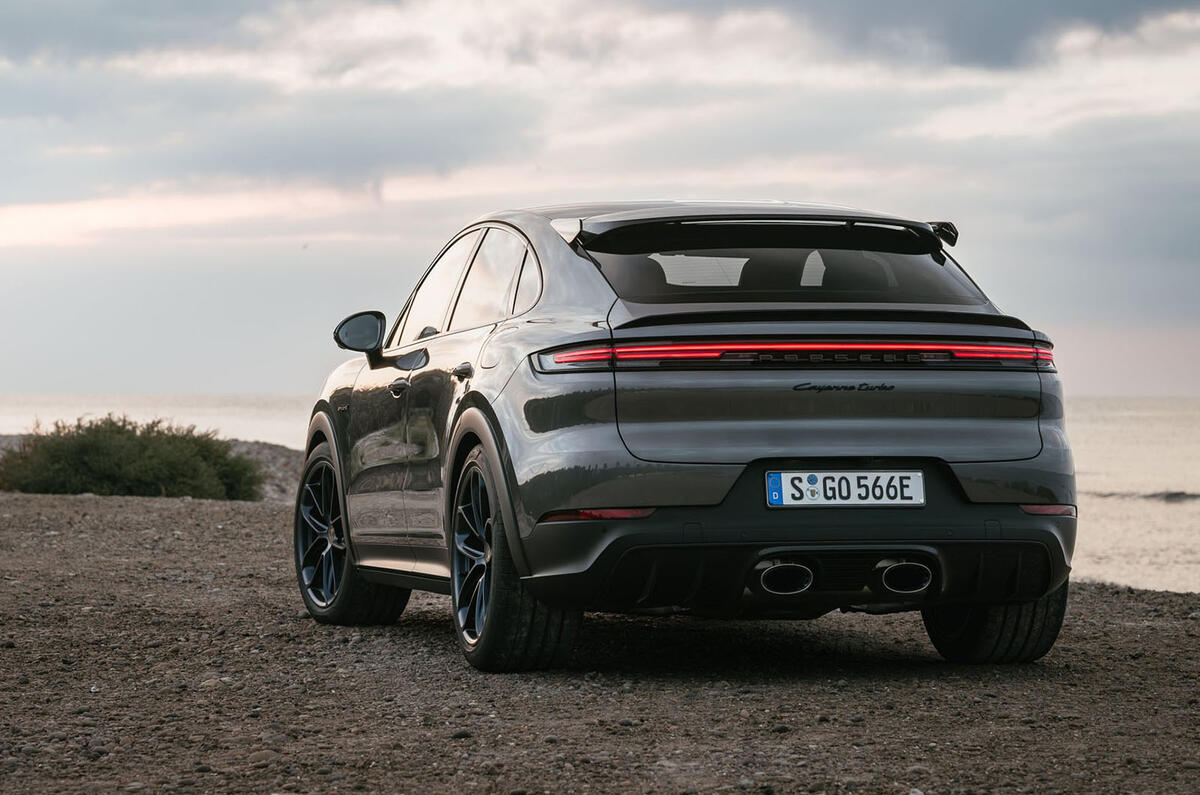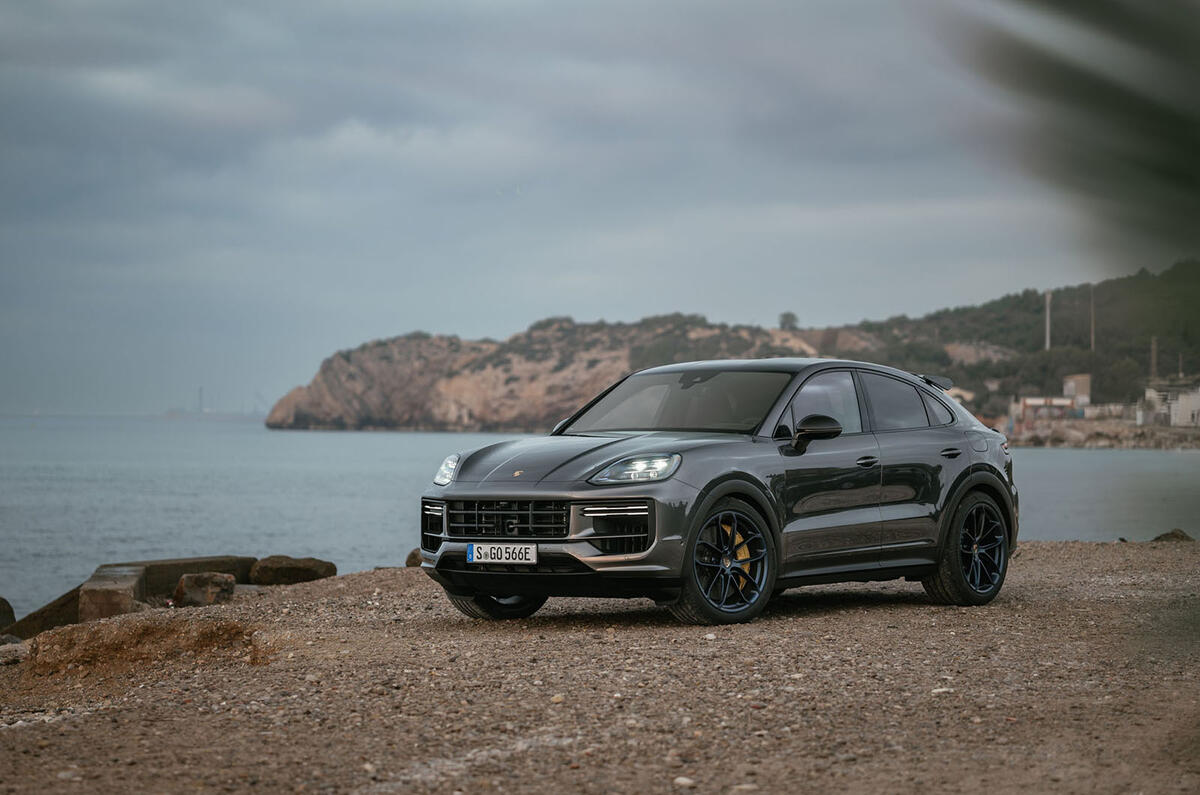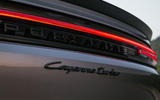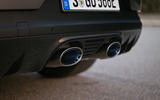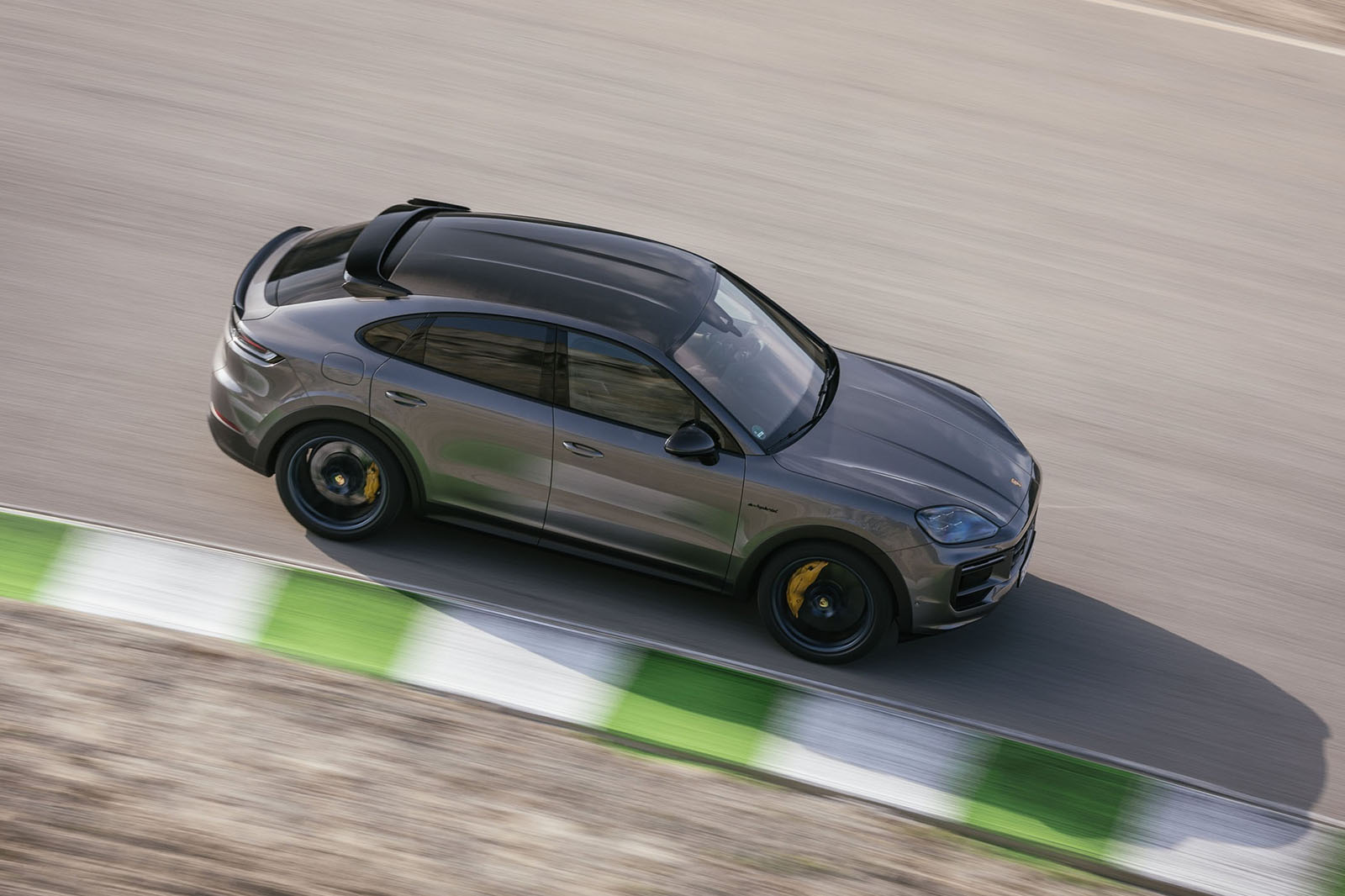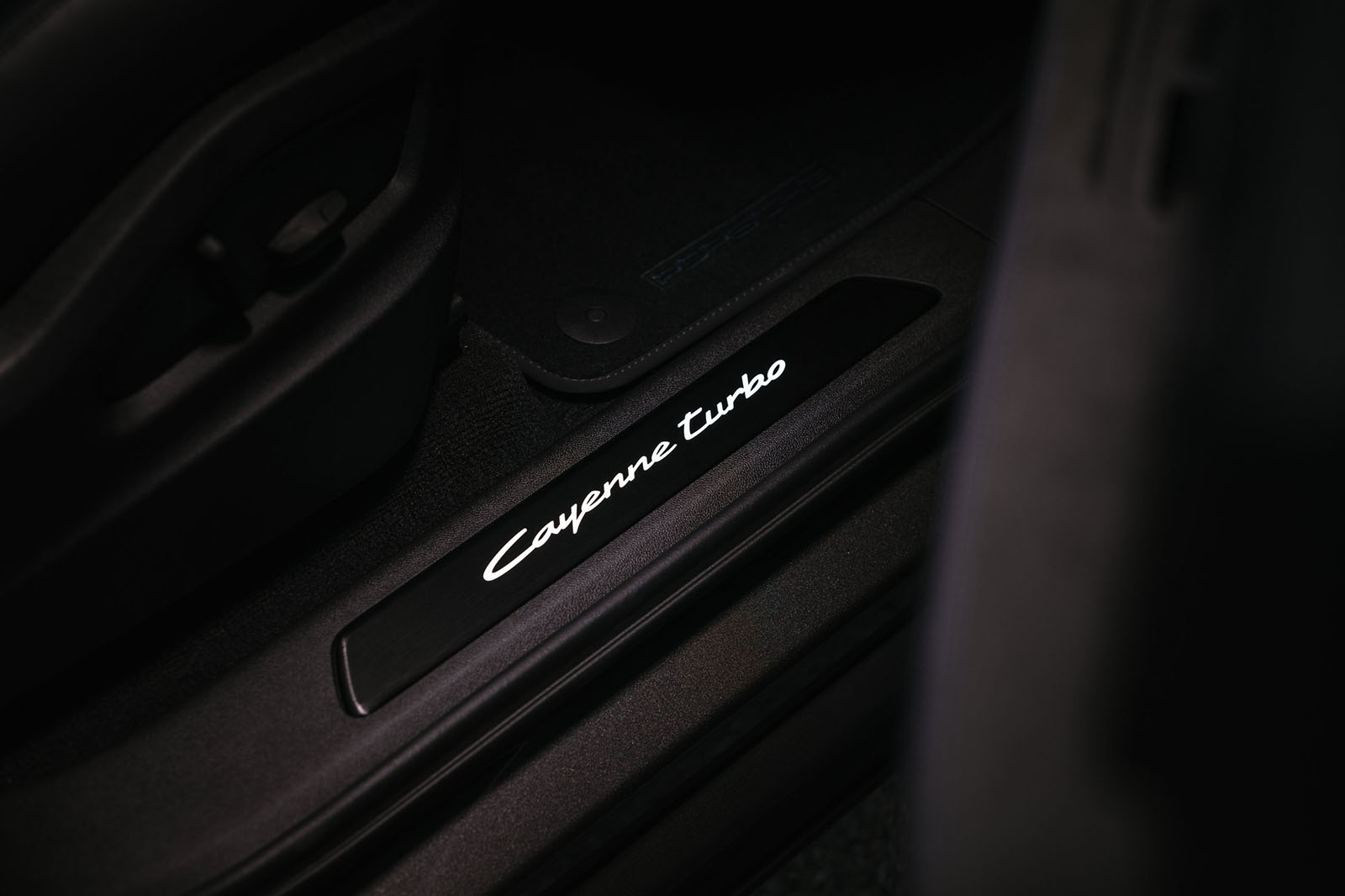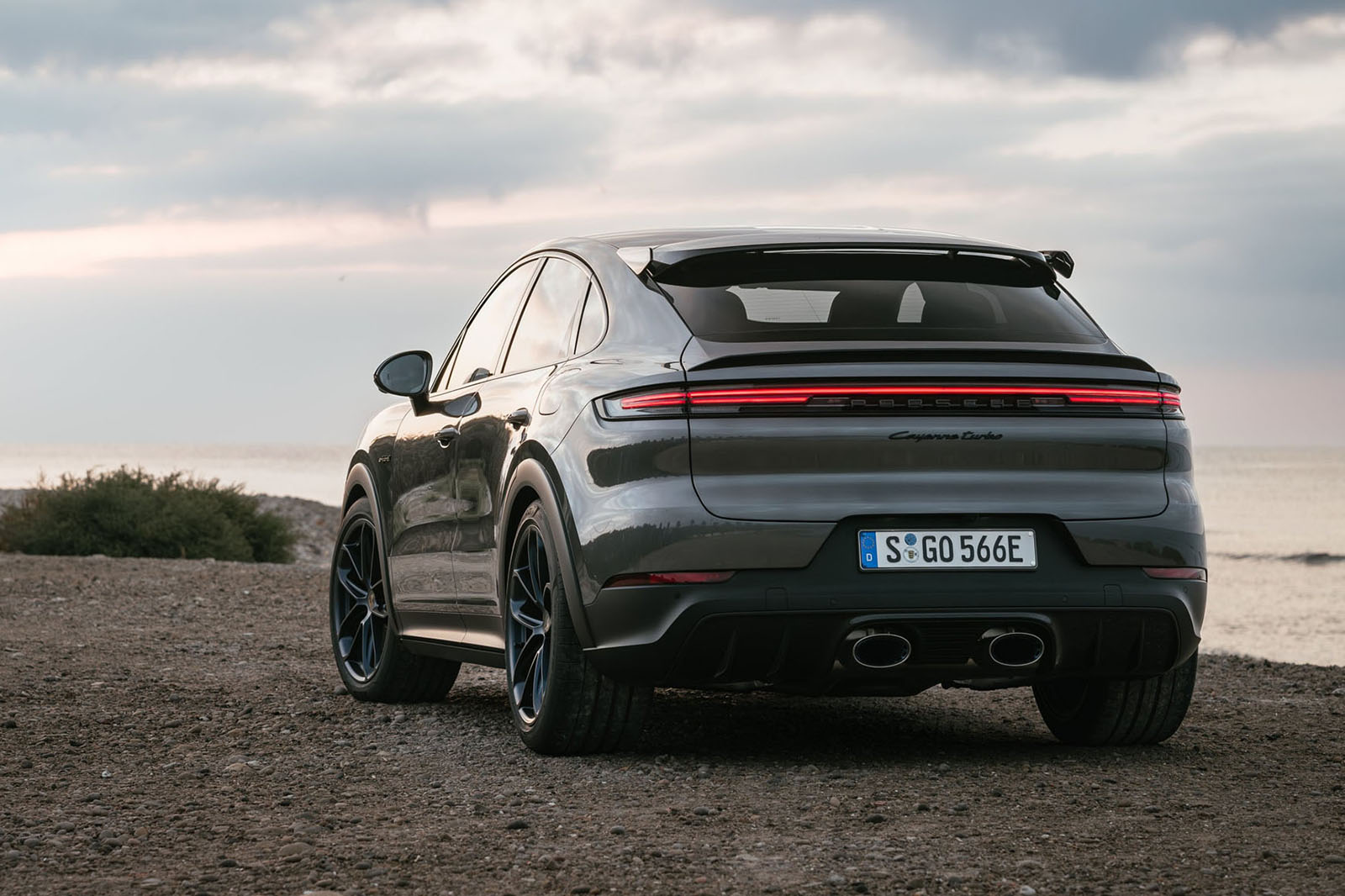Developed as a successor to the Porsche Cayenne Turbo S E-Hybrid, the Turbo E-Hybrid is being sold in both standard and coupé bodystyles, offering the promise of supercar-crushing performance together with a vastly improved electric range.
There’s also an optional GT package. It introduces a series of lightweight components originally developed for the Cayenne Turbo GT Coupé (a model that is no longer sold in the UK) for even sharper dynamic ability, but it's offered in combination with only the more sporting coupé bodystyle.
At the heart of the new range-topping Cayenne is a heavily reworked version of Porsche’s 4.0-litre V8 petrol engine. With new single-scroll turbochargers, electric wastegates, a 350-bar fuel injection system and a two-stage variable valve lift system among other detailed changes, it alone delivers 591bhp and 590lb ft.
The petrol engine is supported by an all-new disc-shaped synchronous electric motor. Mounted within the forward section of an eight-speed, torque-converter automatic gearbox, it develops 40bhp and 37lb ft more than the unit used by the old Cayenne Turbo S E-Hybrid, at 174bhp and 331lb ft.
Combined, the two power sources provide the Cayenne Turbo E-Hybrid with up to 730bhp and 700lb ft – some 59bhp and 37lb ft more than the model it replaces – to make it the most powerful Cayenne model yet. But with a kerb weight of 2495kg, it also holds the distinction of being one of the heaviest. By comparison, the petrol-electric BMW XM Red Label serves up 738bhp and up to 737lb ft of torque.
Drive is channelled through a uniquely programmed four-wheel drive system featuring torque vectoring. It boasts a distinctly rear-biased apportioning of power and torque in a move that the Cayenne Turbo E-Hybrid Coupé’s product line manager, Shayan Bagheri, says is aimed at taking full advantage of the weight of the lithium ion battery mounted underneath the luggage compartment at the rear. Altogether, there are five driving modes: Off-Road, E-Power, Hybrid, Sport and Sport Plus – all accessible through a rotary dial mounted within the steering wheel.
The new battery offers 8kWh more capacity than any previous Cayenne PHEV, at 25.9kWh. It’s sufficient for an electric range of up to 45 miles on the WLTP test cycle, says Porsche.




